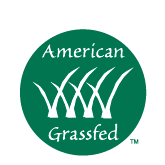What is Holistic Grazing?
Integrating livestock with land regeneration is the basis of holistic grazing. In effect, holistic grazing mirrors nature. In the wild, hooved animals improve soil quality via their manure and the movement of their feet.
The term holistic grazing was coined by Allan Savory, founder of the renowned Savory Institute. It refers to recreating the way wildlife grazes the land naturally.
Holistic grazing is an integral part of healing the land and combatting climate change. These regenerative agriculture practices involve reducing run-off, improving water quality, boosting wildlife habitat, and restoring the environment. At the same time, these practices also strengthen rural economies.
Farmers and ranchers practicing holistic grazing must monitor their lands and herds carefully.
At Thousand Oaks Lifetime Grazed, we are proud of our association with the Savory Institute and the work it does to revitalize damaged grasslands and encourage biodiversity.
Right Place, Time, and Behavior
According to the Savory Institute, holistic grazing means that livestock is in the right place, at the right time, and with the right behaviors. Based on ancient military planning procedures, the technique “reduces incredible complexity step-by-step to absolute simplicity.” The planning starts with the creation of a grazing chart.
First, managers subdivide grazing lands into smaller pastures, which gives them control over their cattle’s movements. The subdivisions are planned on a map. When on the ground, the pastures or paddocks are separated by fencing or natural barriers.
The livestock manager determines how long the cattle stay in one pasture before they are moved to another grazing area. Overgrazing, which has destroyed many native grasslands, is not due to the number of cattle but how long the cattle are in place. Once the plants in a grazing area have recovered, managers must decide when to bring the herd back.
Based on the individual qualities of the land, the managers must figure out how to concentrate cattle to achieve goals such as weed reduction, erosion reduction, and optimal grassland health. The grazing plan must address the growing season prior to the main grass growth starts, as well as the non-growing season when grasses cease growth.
Grazing Plan Factors
Farmers know their land, and must plan for various factors when determining a holistic grazing plan. These critical factors include:
- When cows are bred and calves weaned
- When snow cover is expected
- Where other wildlife species are producing their offspring
- Fire and other natural threats
- How cattle enhance other land uses
- How much forage to expect per acre
As the Savory Institute reminds us, holistic planned grazing is a process, not a recipe. Changes occur every year, whether in the land, the weather, or in the people doing the work. Land improvement does not come about if stewards of the land do not perform careful monitoring and make necessary adjustments. The task is not easy, but the future health of our planet depends upon it.
Holistic Grazing Key Principles
Savory’s key principles for holistic grazing include running as few herds as possible. Ideally, farmers or ranchers should run just one herd. A single herd produces the best types of grazing for the most positive plant recovery ratios.
With one herd, the grazing time is shorter and the recovery period is longer. One large herd on a grazing unit equals livestock in that particular place just 10 percent of the time. More herds result in reduced productivity for both plants and cattle.
Farmers must base their cattle stocking rates not only on the amount of forage available, but how long it will last. Stocking rates are focused on the carrying capacity of the land.
Drought reserve planning involves time reserves, not land areas.
Shop Our Online Store for 100% Grass Finished Beef
By ordering 100% grass finished beef from Thousand Hills Lifetime Grazed, you are supporting regenerative agricultural practices such as holistic grazing. As an educated consumer, you know that how you spend your food dollars impacts the Earth’s health.
The cattle are raised humanely. They spend their lives eating grass or forage while helping to revitalize the soil. They receive no growth hormones, antibiotics, or grain. The result is delicious, nutrient-dense meat full of essential omega-3 fatty acids and with far less fat and cholesterol than grain fed beef. Shop our online store today, and look for special bundle discounts!


